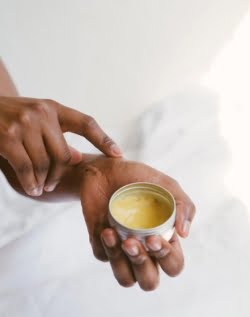
Rosacea
Rosacea (row-zay-sha) is a chronic skin condition that affects mainly the face.
The first signs of rosacea may be redness or blushing that comes and goes initially. Over time, the redness may become persistent and more visible.The most common sites for symptoms are the cheeks, nose, chin, and forehead. Sometimes, rosacea may involve the eyes as well, and include symptoms such as blood-shot eyes that feel gritty.
While there is no cure for rosacea and the cause is unknown, medical therapies are available and steps may also be taken by individuals to effectively control or reverse its potentially life-disruptive effects. However, because rosacea may vary substantially from one patient to another, medical treatment and other measures must be tailored for each individual case.
For advice on information your doctor may need to aid in diagnosis and the selection of appropriate medical treatment. Your doctor will then tailor medical therapy for your individual condition, and custom treatments can be prepared by Pace Pharmacy.
The keys to successfully managing rosacea are to follow long-term medical therapy prescribed by your doctor — as well as avoiding trigger factors that may aggravate your individual case and practicing appropriate skin care and use of cosmetics.
Topical application of NADH for the treatment of rosacea and contact dermatitis.
Clin Exp Dermatol 2003 Jan;28(1):61-3
Read Now

